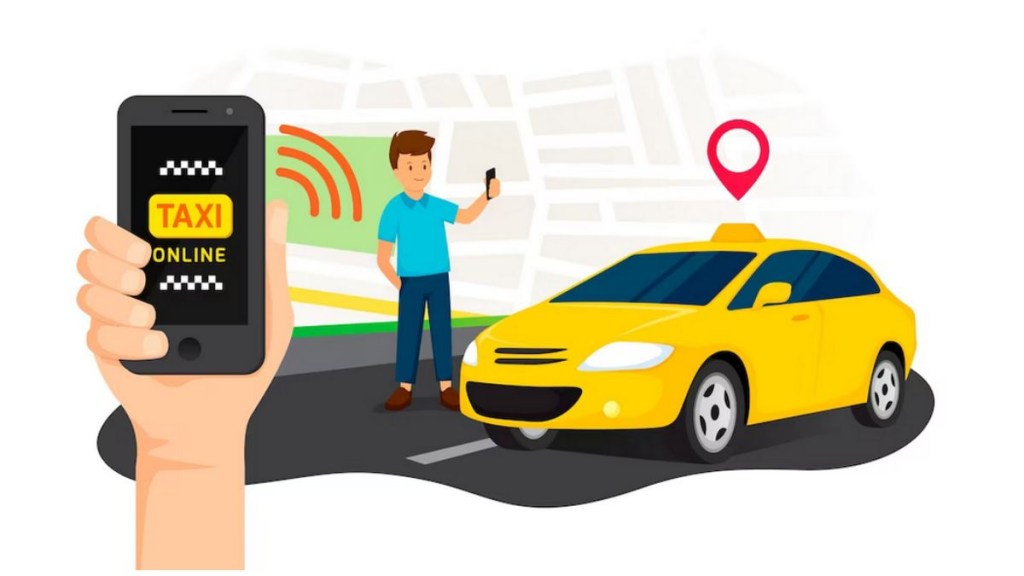Akshaya Paul and Viral Joshi
With the digital boom, app-based motor vehicle aggregators have come become popular among urban commuters who wish to travel in the comfort of a personal vehicle without either driving or owning one. These apps connect commuters with drivers of various transportation services to provide suitable commute options. These platforms aggregate privately-owned commercial vehicles, own no assets other than information technology infrastructure, and operate through agreements with vehicle owners. These aggregators offer convenience and affordability and hence have witnessed exponential growth in India. However, the government requires to regulate this form of transportation and the existing market duopoly of cab aggregators. In this regard, draft Delhi Motor Vehicle Aggregator and Delivery Service Provider Scheme, 2023 has been notified for regulation of passenger transport service and delivery service aggregators.
These passenger transport aggregators serve as Intermediate Public Transport (IPT) providing first and last mile connectivity while also bridging the gap in the existing public transportation to support the urban commute. To increase the capital efficiency of the current vehicle stock, shared mobility is the key enabler which would reduce travel cost as well as emissions. Along with current shuttle services, aggregators should also offer carpool rides as provided before COVID. However, the current scheme has no coverage on shared mobility. To further enhance the capital efficiency especially during the surge in demand, non-commercial vehicles, both cars and two-wheeler, with ‘TAXI’ mentioned on them during the ride and already registered with the aggregators, can be on-boarded. Necessary provisions need to be devised to regulate tariffs and safety. During the peak hours, the surge in fare should be capped at 50% higher than the base fare as also mentioned in the Motor Vehicle Aggregator Guidelines, 2020.
For safe and comfortable ride, aggregators provide various features such as real-time tracking, cashless payments, ratings and reviews, and customer support with a user-friendly interface. The customer interface should also integrate the National Common Mobility Card (NCMC) as a payment option to enable smooth inter-operable transportation. In addition, commuters should have the option to select their preferences, for example, commuting via electric vehicle or female driven vehicle by a female commuter.
Safety, especially for female commuters is the key concern for while using ride-hailing services. Each application must provide an emergency number in the app to report any concerns/harassment during an on-going ride. The fitment of AIS-140 certified vehicle tracking and monitoring system with panic buttons should be extended to all vehicle categories (2W and 3W). Often the driver uses less congested routes instead of indicative routes to avoid unnecessary delays, however, it can also be an early indicator of possible mishappen. Sharing short feedback to commuters to register the reason for route deviation within few minutes will ensure safety and the help can be sent via command-and-control center (CCC) if required.
To ensure safe commute, the CCC can generate a daily/weekly report, enlisting the total driving hours of the driver, along with total hours exceeding the speed limit. Counselling of drivers, whose average speed is more than 50 kmph, and/or are exceeding the speed limit for more than 40 per cent of travel hours, should be undertaken to ensure the road safety.
For grievance redressal, the human interface must be available 24 by 7. The driver rating and complaint section should have more objective parameters to register specific issues/problems. One such issue faced by commuters is the frequent cancellation of rides. In case the driver cancels the ride after five minutes or does not move in the commuter’s direction, they shall be charged similarly as commuter pay a penalty for cancelling the ride once the driver has started moving in their direction.
The aggregator should monitor the operational timings of a driver to ensure better health and attentiveness. The driver should be restrained from doing overtime and risking the safety of commuter as well. If the data is collated centrally, then the total time spent on different apps should not more 10-12 hours as drivers tend to switch to other apps to earn more.
The majority of aggregators settle the accounts at the month’s end. Due to the ease of online payment systems, most of the payments go to the aggregator’s accounts; and the driver experiences a cash crunch to even pay for fuel. Accounts settling every week/ fifteen days may ease the burden on drivers. The policy shall also determine the upper cap for justified revenue sharing between the aggregator and the driver.
Aggregator should ensure induction training programme for educating the drivers to efficiently use the aggregator app, to ensure safe and careful driving and proper vehicle maintenance, to educate regarding road safety measure and post-crash training as a first responder, terms and conditions of the contract between the aggregator and the driver, and gender sensitive behaviour.
It is imperative to regulate movement of passenger service aggregator vehicles however, it should not place regulatory burden on the national-level aggregators by re-registration in NCR as the local presence through CCC is already mandated. A robust framework is the need of the hour to aid all stakeholders in the ecosystem with goal of vehicle stock efficiency, reduction in traffic congestion, increased safety, and improvement of air quality in cities.
Ms Akshaya Paul and Ms Viral Joshi are Research Associates at The Energy and Resources Institute (TERI)
Disclaimer: Views expressed are personal and do not reflect the official position or policy of Financial Express Online. Reproducing this content without permission is prohibited.



















